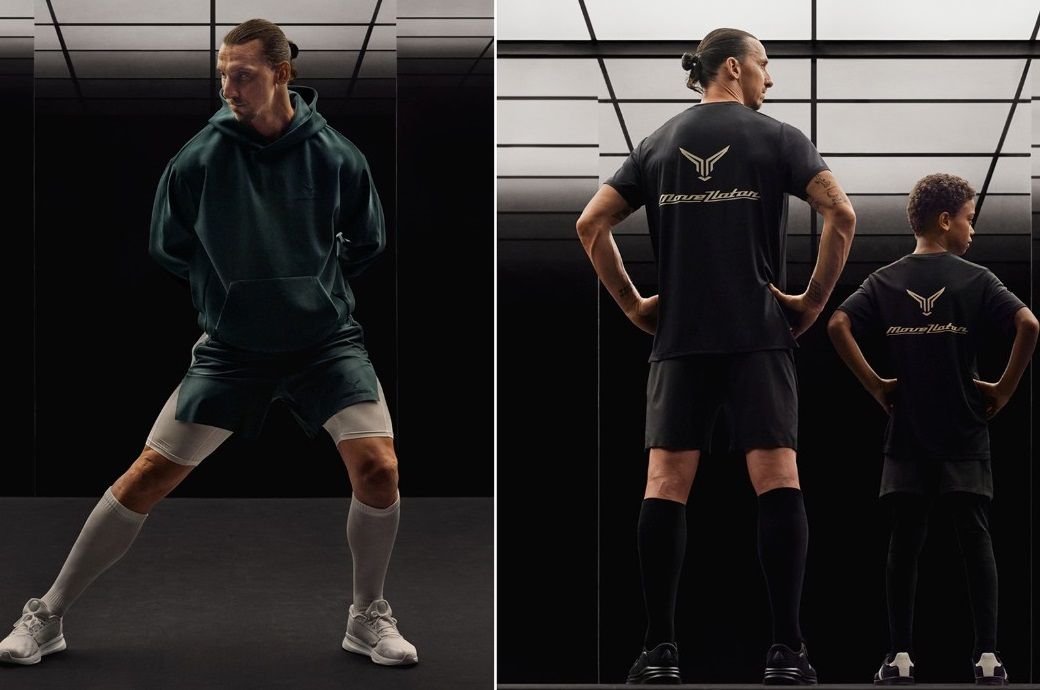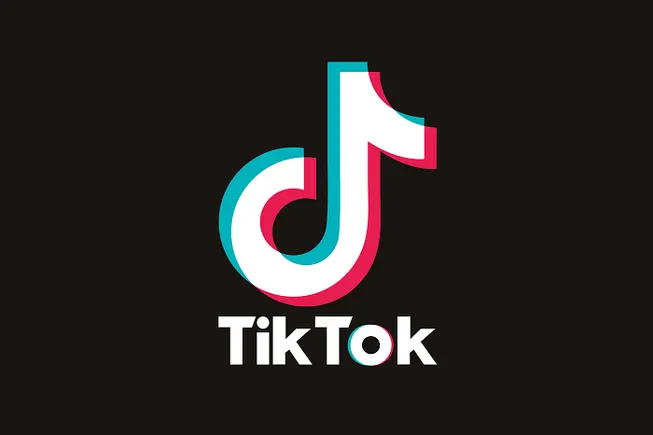Understanding user behavior and optimizing website performance is essential for success in today’s data-driven marketing landscape. One powerful tool that marketers can leverage is heat maps. Heat maps provide visual representations of user interactions on a website, offering valuable insights into what elements attract attention, engagement, and conversion.
Let’s explore the concept of heat maps, their types, their benefits, and how marketers can effectively use them to enhance their strategies and drive better results.
What are Heat Maps?
Heat maps are graphical representations of data that depict user activity and behavior on a website or web page. The intensity of user activities, such as clicks, taps, scrolling, and cursor movements, is depicted in these visualizations using color coding. Heat maps allow marketers to analyze user engagement patterns, identify areas of interest, and discover potential optimization opportunities.
Types of Heat Maps
- Click Maps: Click heat maps to highlight the areas of a web page that receive the most clicks. By visualizing user interactions, marketers can determine which elements, such as buttons, links, or images, attract the most attention and optimize their placement accordingly.
- Scroll Maps: Scroll heat maps reveal how far users scroll down a web page before losing interest or exiting. This information helps marketers understand the visibility and relevance of content, allowing them to optimize the placement of important messages or calls to action.
- Mouse Movement Maps: Mouse movement heat maps track the movement of the cursor, providing insights into areas of user interest and attention. This type of heat map helps marketers understand user navigation patterns, discover potential usability issues, and optimize the layout or design for better user experience.
- Attention Maps: Attention heat maps utilize eye-tracking technology to identify areas where users focus their attention the most. These heat maps are handy for analyzing the effectiveness of visual elements, such as images, banners, or videos, and optimizing their positioning to maximize impact.
Benefits of Heat Maps
A few key benefits of leveraging heat maps include the following:
- User Behavior Insights: Heat maps provide valuable insights into user behavior, allowing marketers to understand how visitors interact with their website. This information helps identify popular content, high-converting elements, and potential pain points.
- Optimization Opportunities: By analyzing heat maps, marketers can identify areas that receive less engagement or fail to capture users’ attention. This knowledge enables them to make data-driven decisions to optimize website design, layout, and content placement.
- Conversion Rate Optimization: Heat maps offer valuable information on user behavior throughout the conversion funnel. Marketers can identify conversion barriers, test different variations, and make informed optimizations to increase conversions and improve overall performance.
- Usability and User Experience Improvements: Heat maps help pinpoint usability issues and areas where users struggle or lose interest. By addressing these pain points, marketers can enhance the user experience, reduce bounce rates, and encourage longer engagement.
Steps for Effective Use of Heat Maps
- Define Goals: Before analyzing heat maps, it’s essential to define specific goals or questions you want to address. This could be understanding user engagement on a specific page, improving click-through rates, or optimizing conversion funnels.
- Combine with Other Analytics Tools: Heat maps are most effective when used in conjunction with other analytics tools, such as Google Analytics or user testing. Combining data from different sources provides a comprehensive understanding of user behavior.
- Test and Iterate: Heat maps provide valuable insights but should be used as a starting point for optimization. Test different variations, analyze the impact, and iterate based on the results. A continuous improvement mindset is key.
- Prioritize Changes: Analyzing heat maps may reveal multiple areas for improvement. Prioritize changes based on the potential impact and feasibility. Focus on changes that align with your goals and have the highest potential for improvement.
- Monitor and Evaluate: Regularly monitor heat maps to track the impact of optimizations and measure the effectiveness of changes. This iterative process ensures ongoing improvement and aligns your website with user needs and preferences.
How OTRACKER Heat Maps Empower Marketers?
OTRACKER’s comprehensive suite of features, including heat maps, click maps, and scroll maps, provides marketers with powerful insights into user behavior. By integrating click maps and scroll maps with OTRACKER’s heat maps, marketers gain a deeper understanding of how users engage with their websites.
OTRACKER’s integrated heat maps, click maps, and scroll maps revolutionize how marketers approach website optimization. By combining these powerful tools, marketers can uncover valuable user behavior and preferences insights. With click maps, marketers can identify popular click areas and optimize their website’s conversion funnel. Scroll maps provide insights into user engagement and content visibility, helping marketers improve the placement of important messages and call to action.
Marketers can fine-tune their website design, layout, and content strategy to enhance user experience, increase engagement, and drive conversions with OTRACKER. Stay at the forefront of marketing innovation with OTRACKER’s heat maps, click maps, and scroll maps, and unlock the full potential of your marketing campaigns.
Conclusion
Heat maps are powerful tools that provide marketers with valuable insights into user behavior, enabling them to optimize websites for better engagement and conversions. By understanding which elements attract attention, where users lose interest, and how they navigate the website, marketers can make informed decisions to enhance user experience and drive better results.
With the combination of other analytics tools and a data-driven mindset, heat maps offer a visual representation of user interactions that can shape marketing strategies and improve website performance. Embracing heat maps as part of the marketing toolkit empowers marketers to create Customer-centric experiences and stay ahead in today’s competitive digital landscape.
By staying ahead of the competition and harnessing the full potential of OTRACKER’s heat maps, click maps, and scroll maps; marketers can unlock new levels of success in their marketing campaigns.
Visit www.onpassive.com for more information about OTRACKER and other AI-powered solutions by ONPASSIVE.






































































